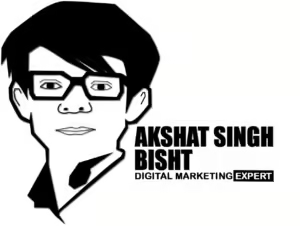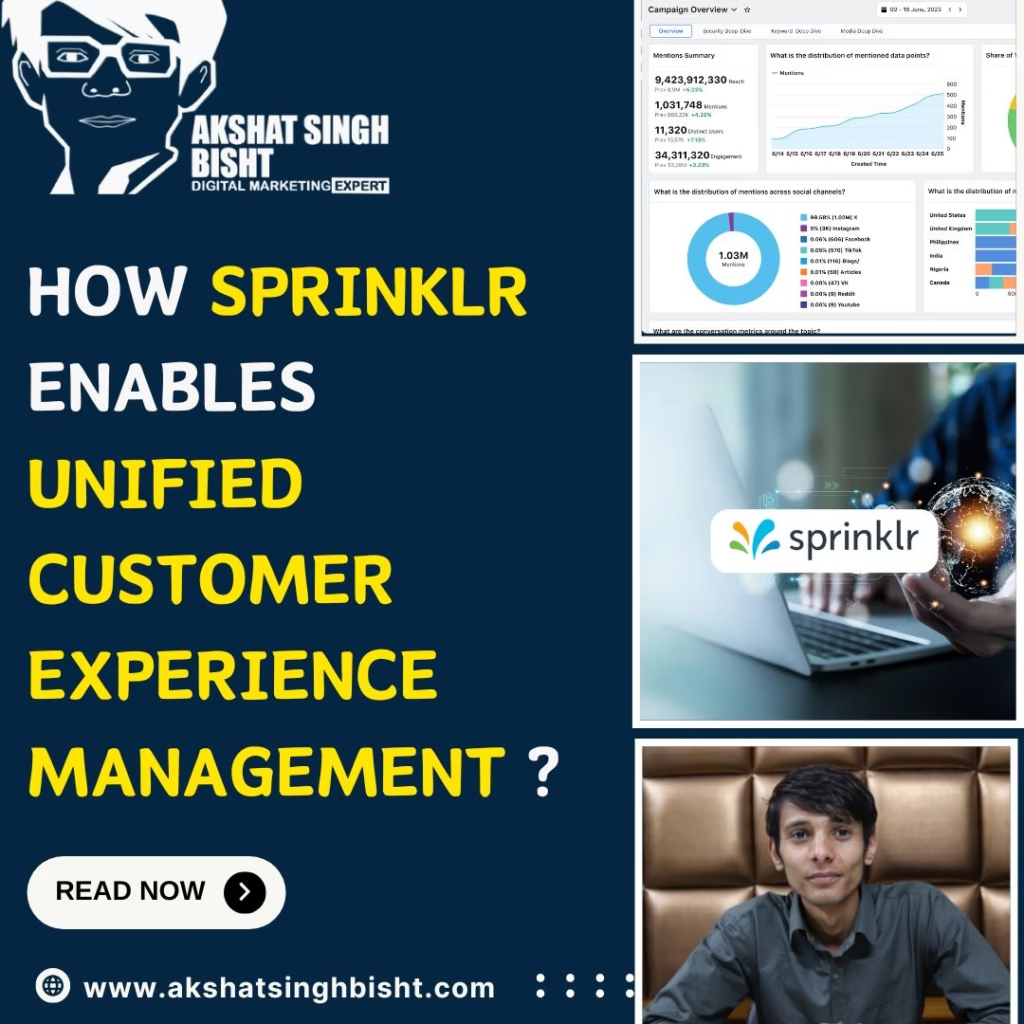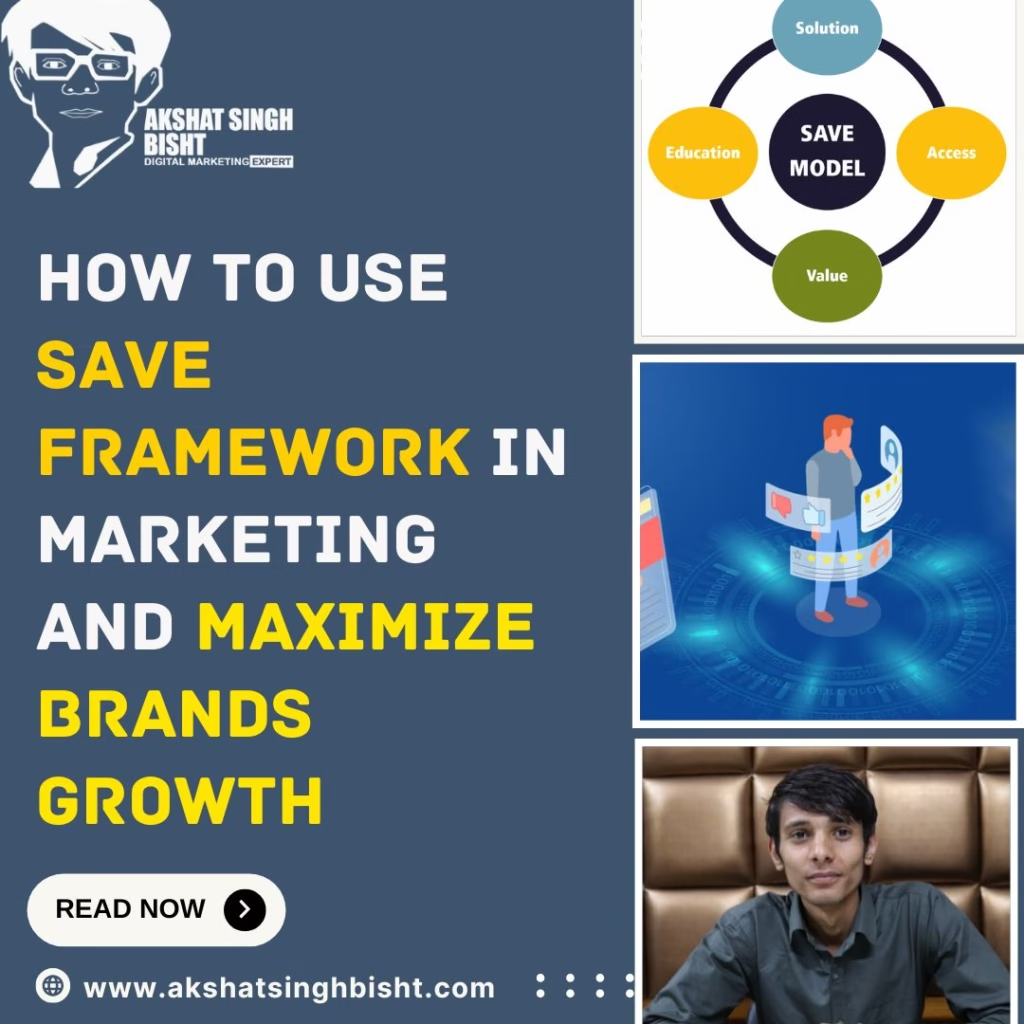How Nike Became A Market Leader
Nike: Swooshing to Market Leadership Through Innovative Marketing Strategies
This case study delves into the marketing strategies employed by Nike, which propelled it to become a market leader in the athletic footwear and apparel industry. Nike’s success can be attributed to its innovative approach to marketing, which encompassed various elements such as branding, endorsements, product design, and digital engagement. By analyzing these strategies, we can gain insights into how Nike effectively captured consumer attention, built brand loyalty, and maintained its competitive edge in a highly dynamic market landscape.

Introduction:
Nike, founded in 1964 as Blue Ribbon Sports by Bill Bowerman and Phil Knight, transformed into one of the most recognized and influential brands globally. Central to its success was its marketing strategy, which revolutionized the industry and positioned Nike as a market leader.
Branding:
Nike’s iconic Swoosh logo and “Just Do It” slogan are among the most recognizable brand identities worldwide. The company invested heavily in building a strong brand image that resonated with athletes and consumers alike. Nike’s branding emphasized innovation, performance, and aspiration, aligning with its target audience’s values and aspirations.
Endorsements:
Nike leveraged celebrity endorsements as a cornerstone of its marketing strategy. By partnering with high-profile athletes such as Michael Jordan, Serena Williams, and Cristiano Ronaldo, Nike not only gained credibility but also associated its brand with excellence and success. These endorsements transcended mere advertising; they became powerful symbols of Nike’s commitment to athletic achievement.
Product Innovation:
Nike continuously invested in product innovation to stay ahead of the competition. From pioneering technologies like Air cushioning to lightweight and breathable materials, Nike’s products offered tangible performance benefits to athletes. This focus on innovation not only drove product differentiation but also fueled consumer excitement and demand.
Emotional Branding:
Nike’s marketing campaigns often tapped into consumers’ emotions, inspiring them to push their limits and pursue their dreams. Whether through poignant storytelling or stirring visuals, Nike crafted narratives that resonated with its audience on a deeply personal level. By fostering emotional connections, Nike cultivated brand loyalty that transcended mere product features.
Digital Engagement:
In the digital age, Nike embraced technology to engage consumers in innovative ways. Its Nike+ platform, for instance, combined wearable technology with social networking to create a community of fitness enthusiasts. Through apps, social media, and immersive digital experiences, Nike fostered direct interactions with consumers, gathering insights and forging stronger relationships.
Global Expansion:
Nike’s marketing prowess extended beyond its home market, enabling it to establish a strong global presence. By adapting its messaging and strategies to diverse cultures and markets, Nike effectively localized its brand while maintaining a consistent global identity. This approach facilitated rapid expansion into emerging markets and solidified Nike’s position as a truly international brand.
Conclusion:
Nike’s journey to market leadership exemplifies the transformative power of innovative marketing strategies. By prioritizing branding, endorsements, product innovation, emotional resonance, digital engagement, and global expansion, Nike not only captured market share but also reshaped the athletic footwear and apparel industry. As a result, Nike remains a paradigm of marketing excellence and a testament to the enduring impact of visionary brand-building efforts.




Your insights into email marketing consumer behavior analysis have been enlightening.
The detailed explanation of SPF and DKIM was very helpful.
Your blog has been instrumental in my understanding of email marketing analytics.
Good post and right to the point. I don’t know if this is in fact
the best place to ask but do you people have any ideea where to get some
professional writers? Thanks in advance 🙂